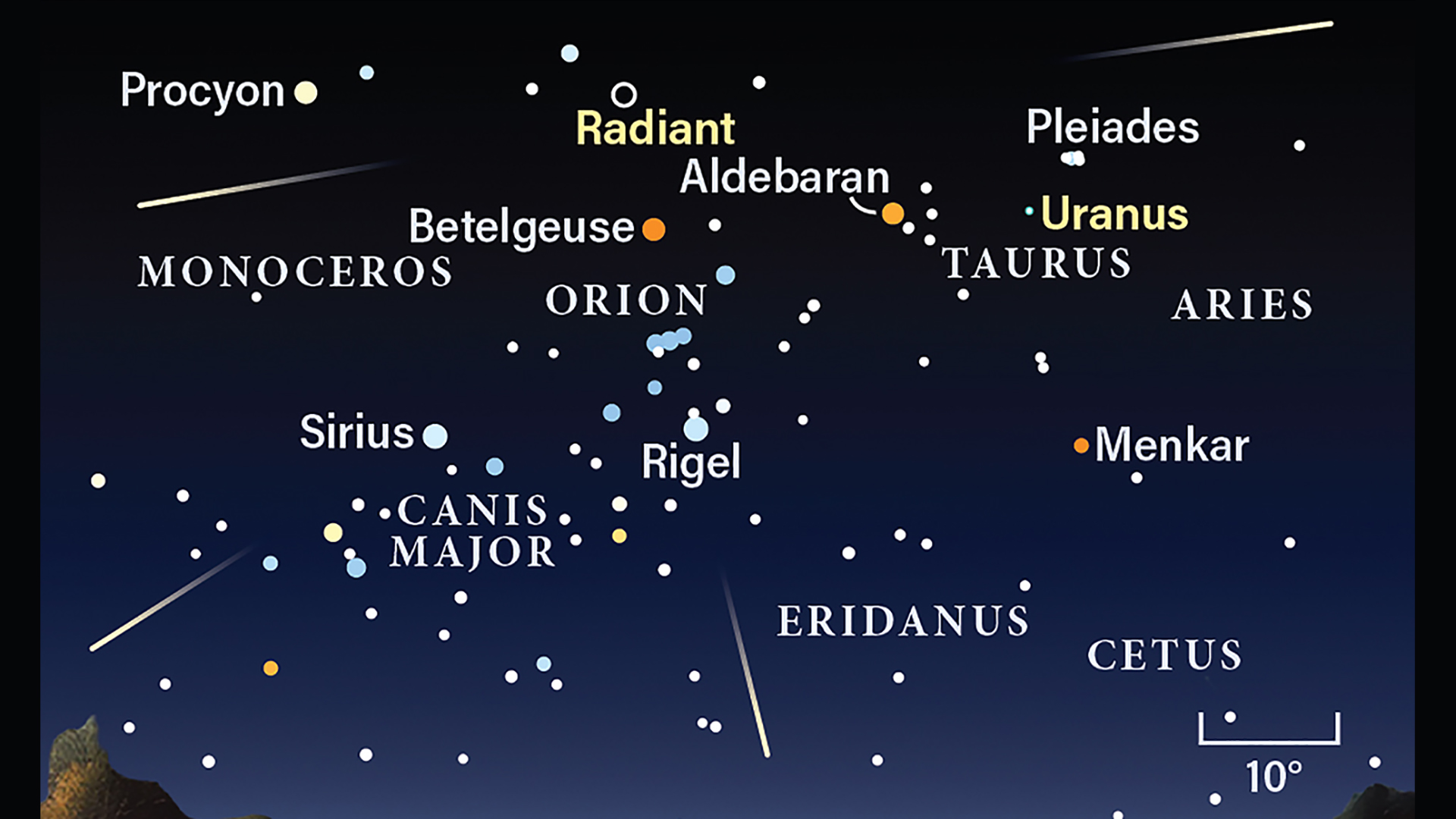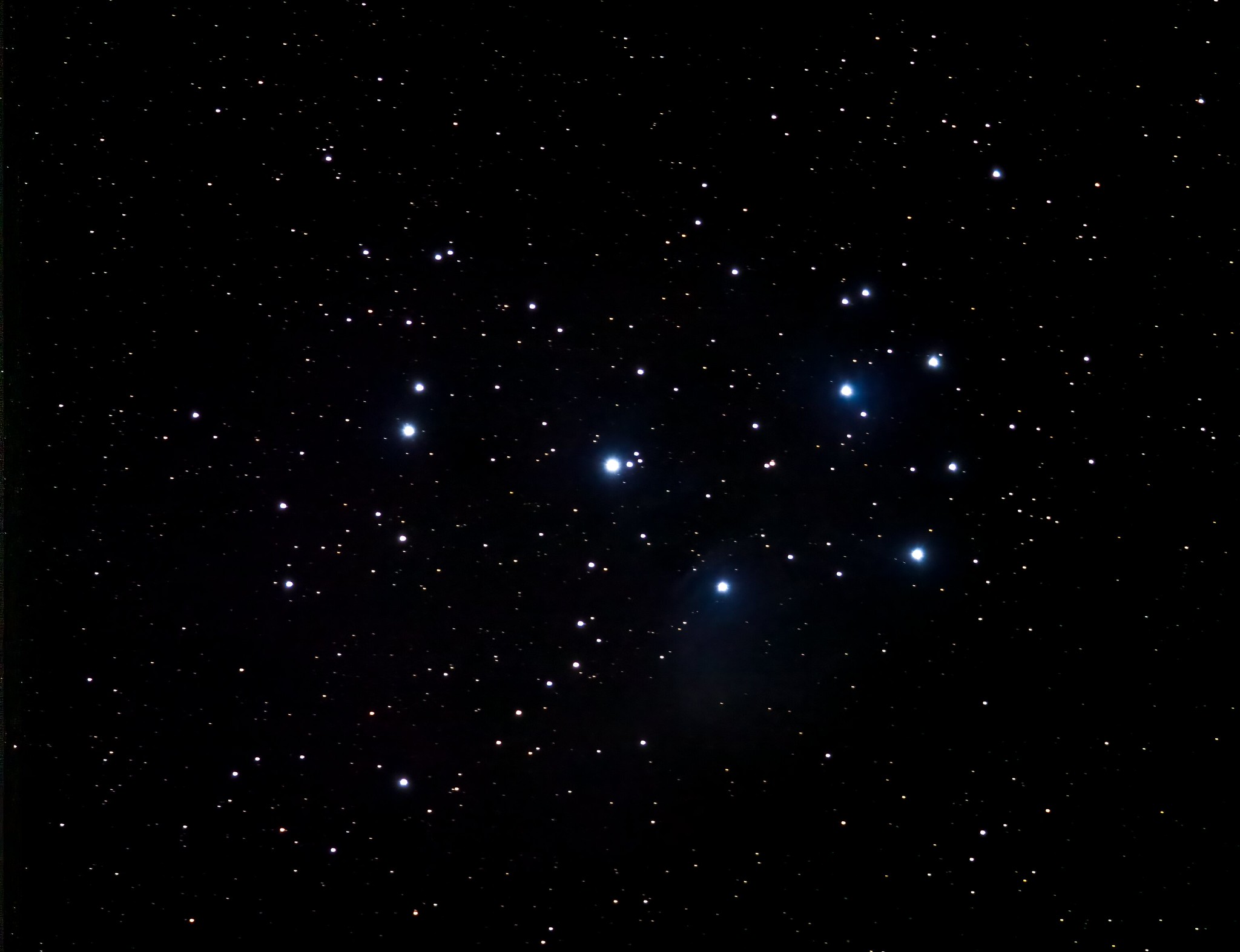Shop Now
Telescopes and astronomy products
-
Astrophotography Telescopes
Beginner Telescope: 70mm Aperture, 15x-150x Magnification
Buy Now on Amazon -
70mm Aperture Telescopes
Celestron 70mm Travel Scope: Portable Telescope for Beginners
Buy Now on Amazon
Latest News
From around the web
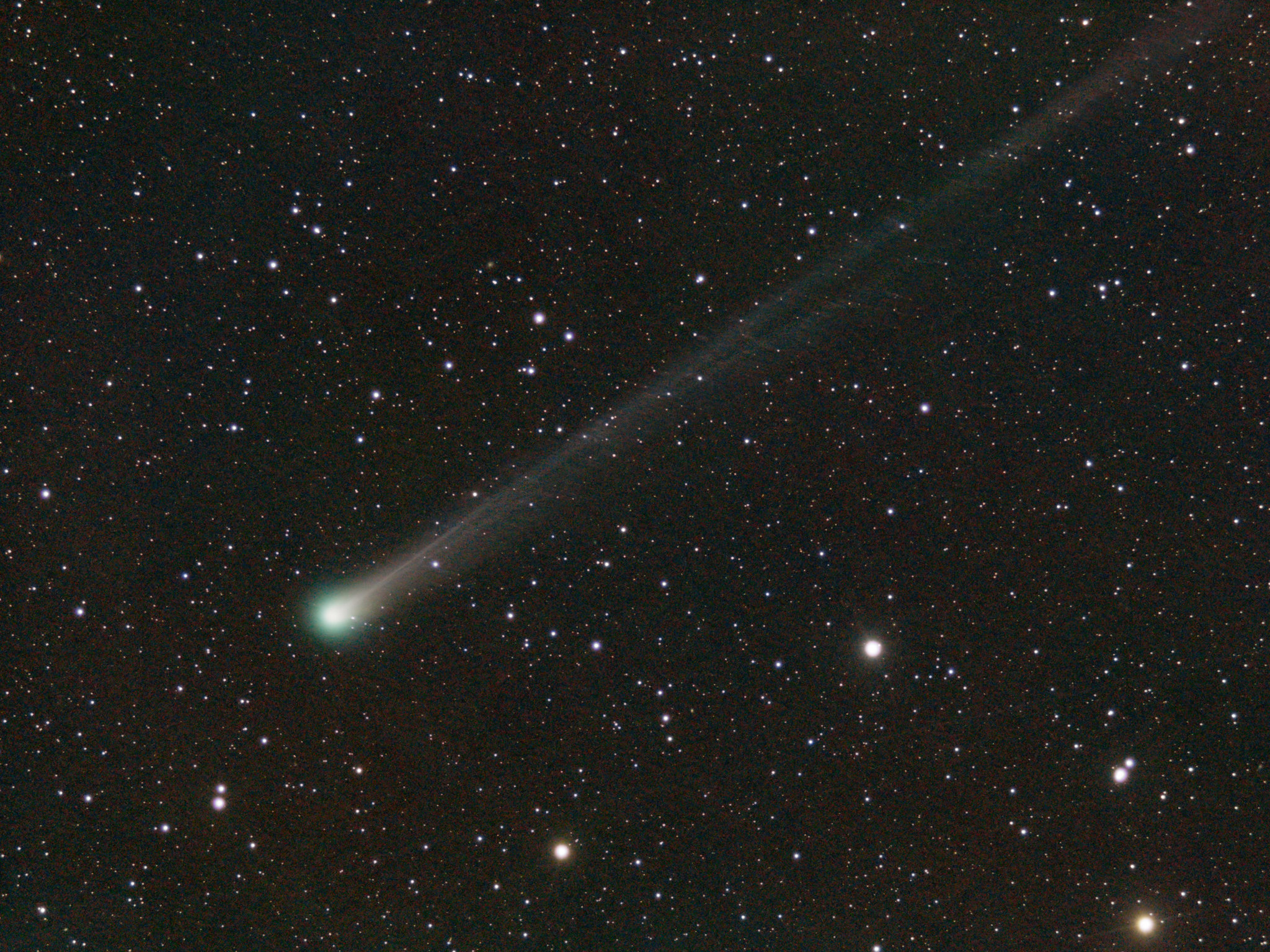
The Sky Today on Tuesday, October 21: The Orionids peak, Comet Lemmon is closest to Earth, and Titan makes a transit
Tue October 21st, 2025
 New moon of October 2025 hides red star Antares for some lucky stargazers tonight
New moon of October 2025 hides red star Antares for some lucky stargazers tonightMon October 20th, 2025
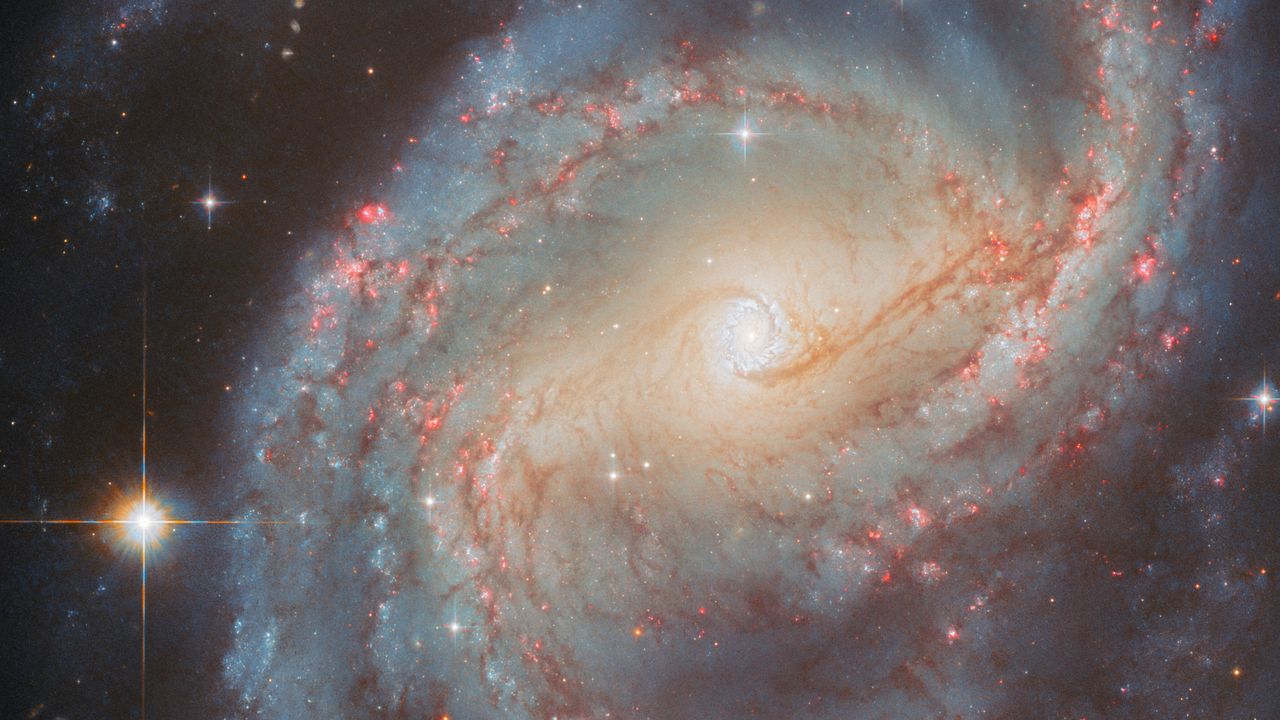 Hubble spies a glowing 'starburst ring' | Space photo of the day for Oct. 20, 2025
Hubble spies a glowing 'starburst ring' | Space photo of the day for Oct. 20, 2025Mon October 20th, 2025
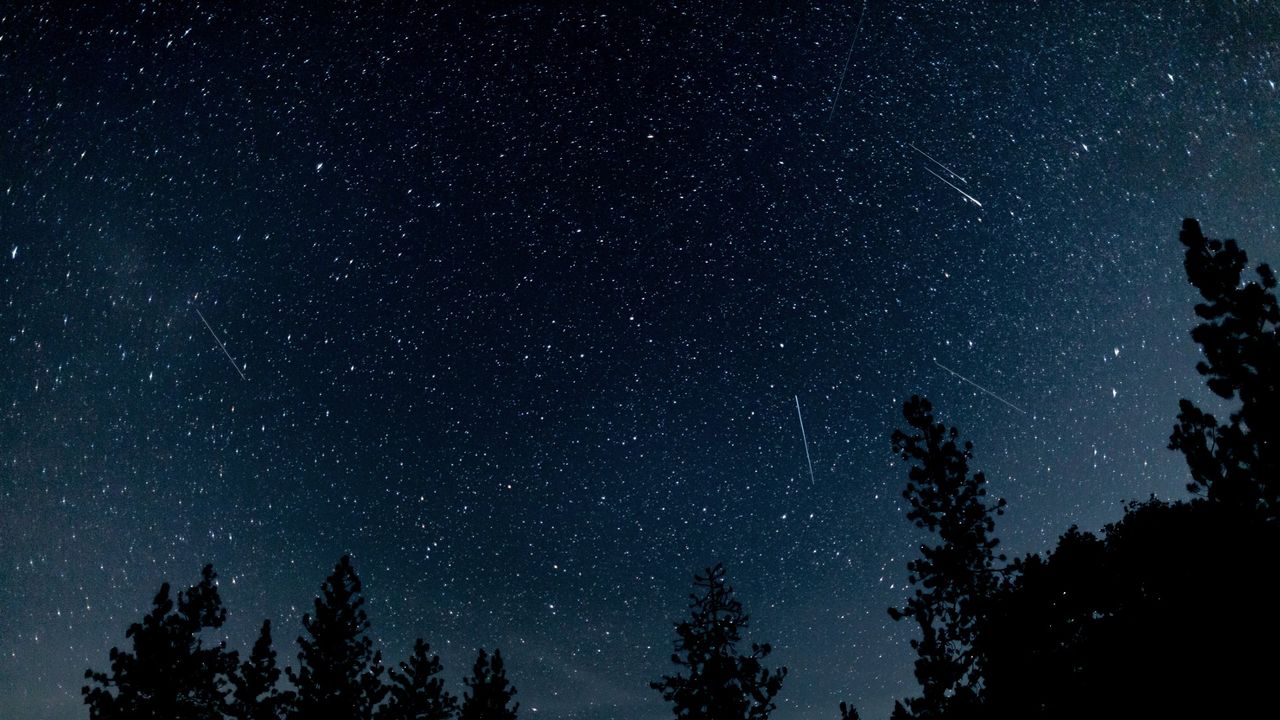 Don't miss the Orionid meteor shower peak begin overnight tonight under a moonless sky
Don't miss the Orionid meteor shower peak begin overnight tonight under a moonless skyMon October 20th, 2025
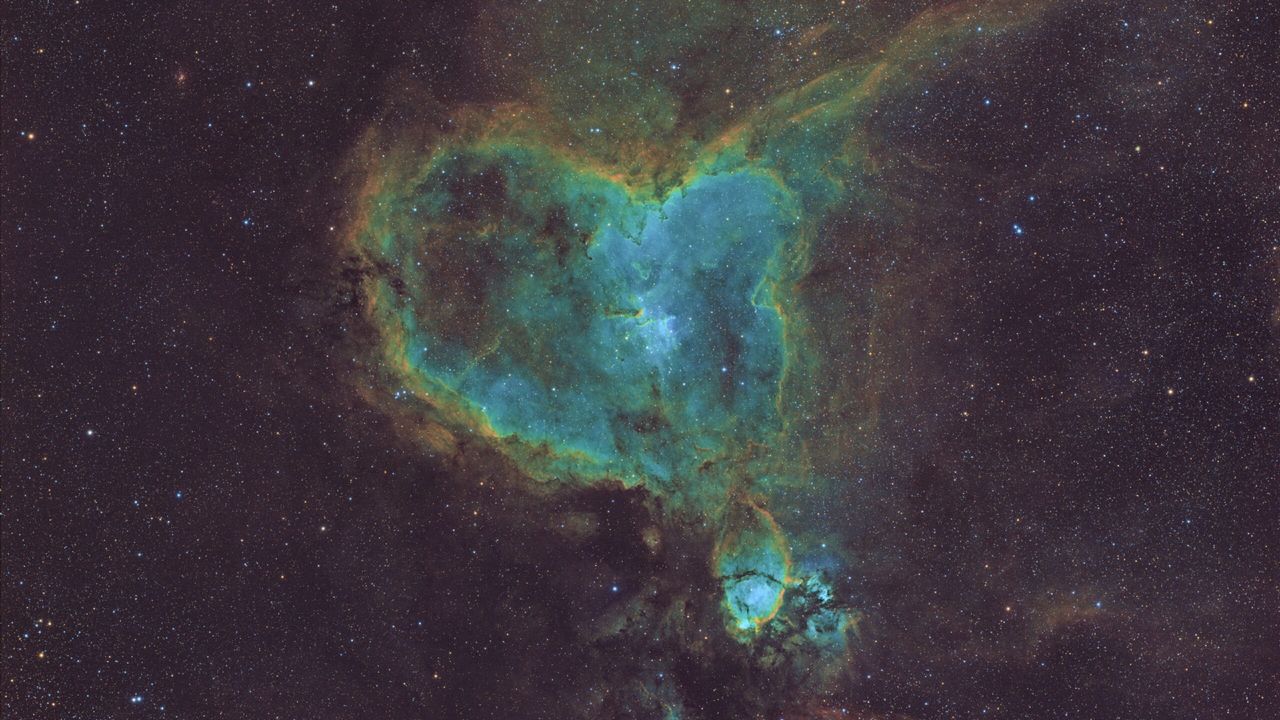 A cosmic heart bursts with light in new deep space astrophotographer portrait (photo)
A cosmic heart bursts with light in new deep space astrophotographer portrait (photo)Sun October 19th, 2025
Images from the Mars Perseverance Rover – Photo stream updated daily!

Camera: Front Hazard Avoidance Camera - Left
Earth Date: Tue February 4th, 2025
Sol: 1409

Camera: Front Hazard Avoidance Camera - Left
Earth Date: Tue February 4th, 2025
Sol: 1409

Camera: Front Hazard Avoidance Camera - Left
Earth Date: Tue February 4th, 2025
Sol: 1409

Camera: Front Hazard Avoidance Camera - Left
Earth Date: Tue February 4th, 2025
Sol: 1409
NASA's Astronomy Picture of the Day (December 25th, 2025):
Unicorn, Fox Fur and Christmas Tree
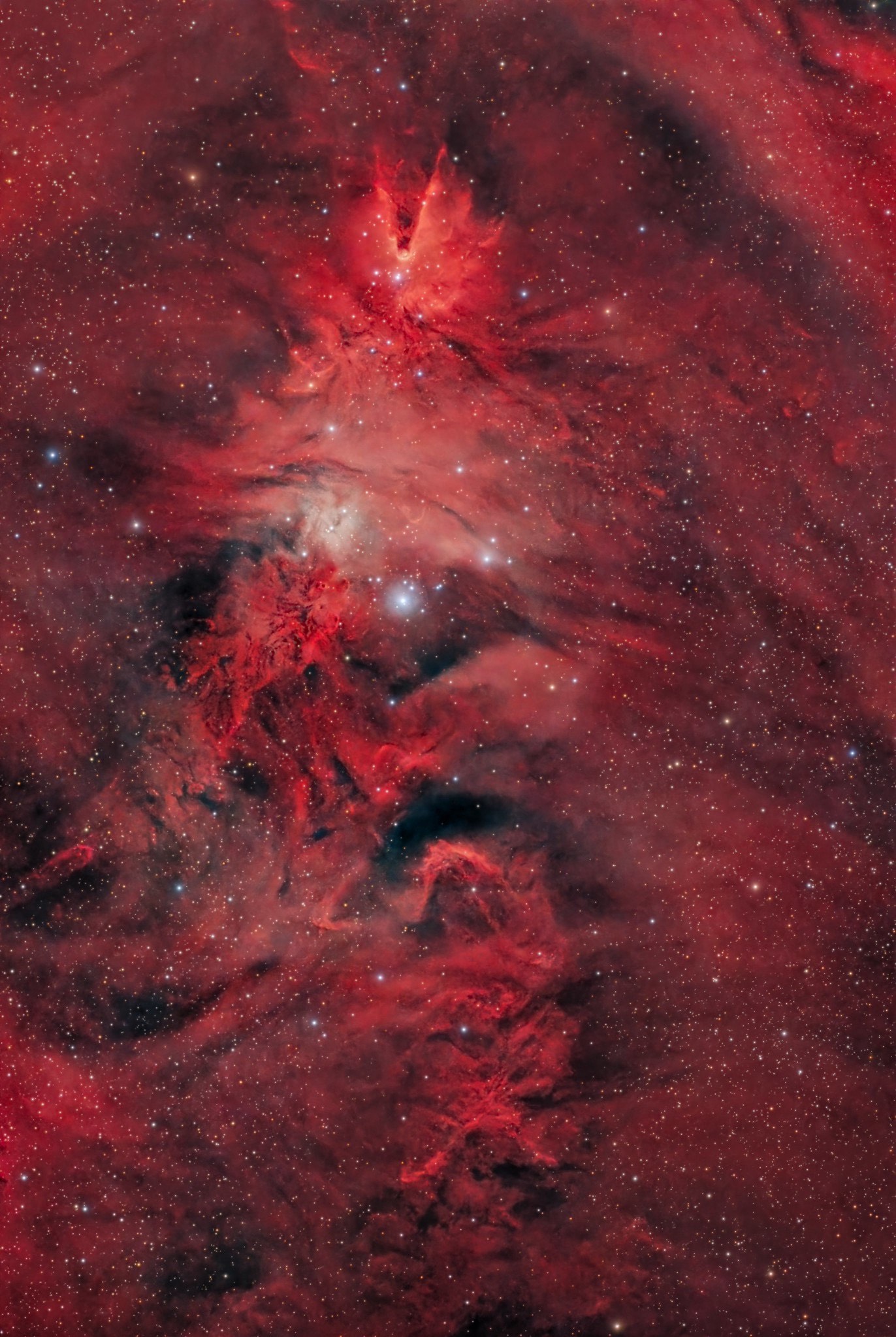
From NASA: "A star forming region cataloged as NGC 2264, this beautiful but complex arrangement of interstellar gas and dust is about 2,700 light-years distant in the faint but fanciful constellation Monoceros, the Unicorn. Seen toward the celestial equator and near the plane of our Milky Way galaxy, the seasonal skyscape mixes reddish emission nebulae excited by energetic light from newborn stars with dark interstellar dust clouds. Where the otherwise obscuring dust clouds lie close to the hot, young stars, they also reflect starlight, forming blue reflection nebulae. In fact, bright variable star S Monocerotis is immersed in a blue-tinted haze near center. Arrayed with a simple triangular outline above S Monocerotis, the stars of NGC 2264 are popularly known as the Christmas Tree star cluster. Carved by energetic starlight, the Cone Nebula sits upside down at the apex of this cosmic Christmas tree while the dusty, convoluted pelt of glowing gas and dust under the tree is called the Fox Fur Nebula. This rich telescopic frame spans about 1.5 degrees or 3 full moons on the sky top to bottom, covering nearly 80 light-years at the distance of NGC 2264."





